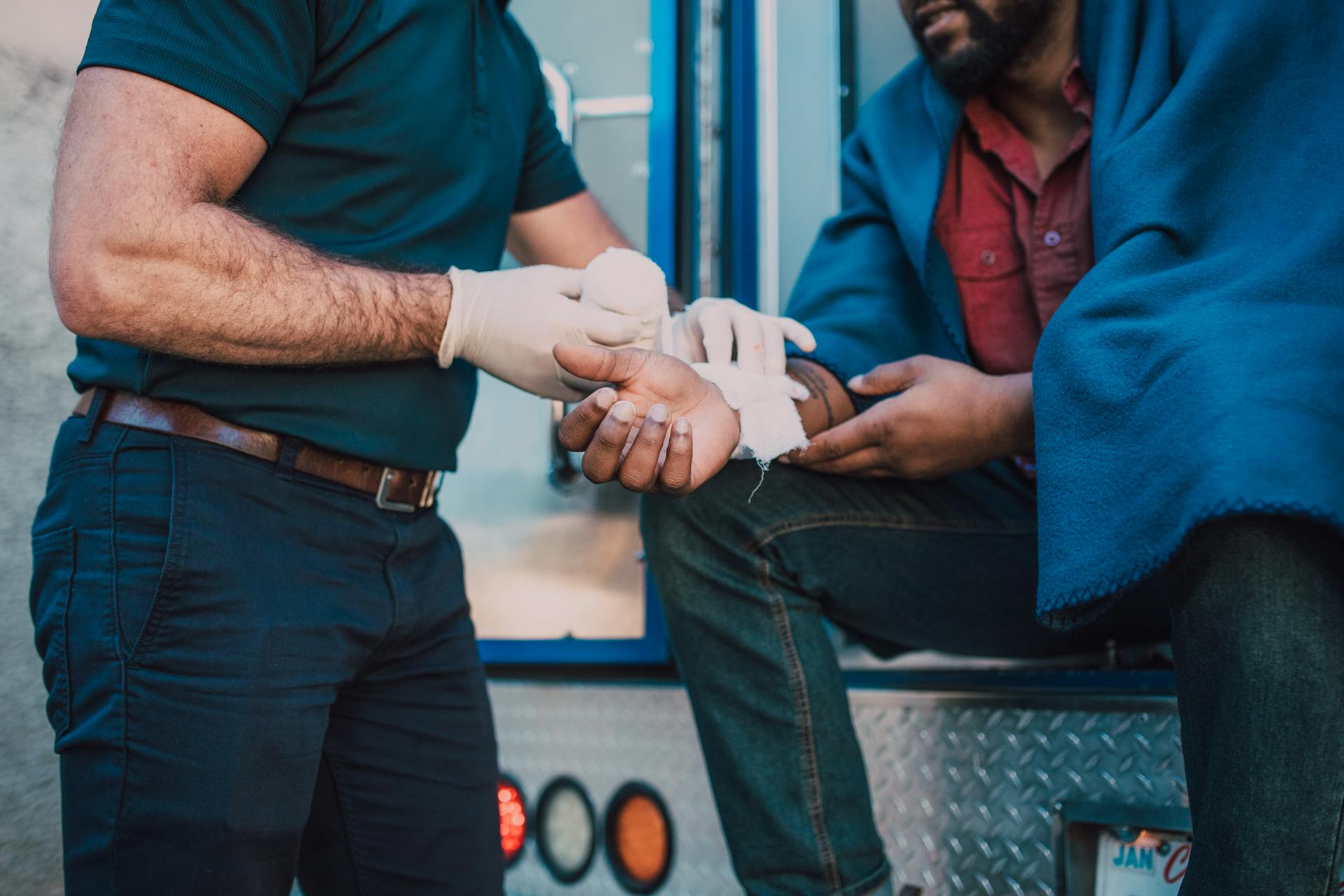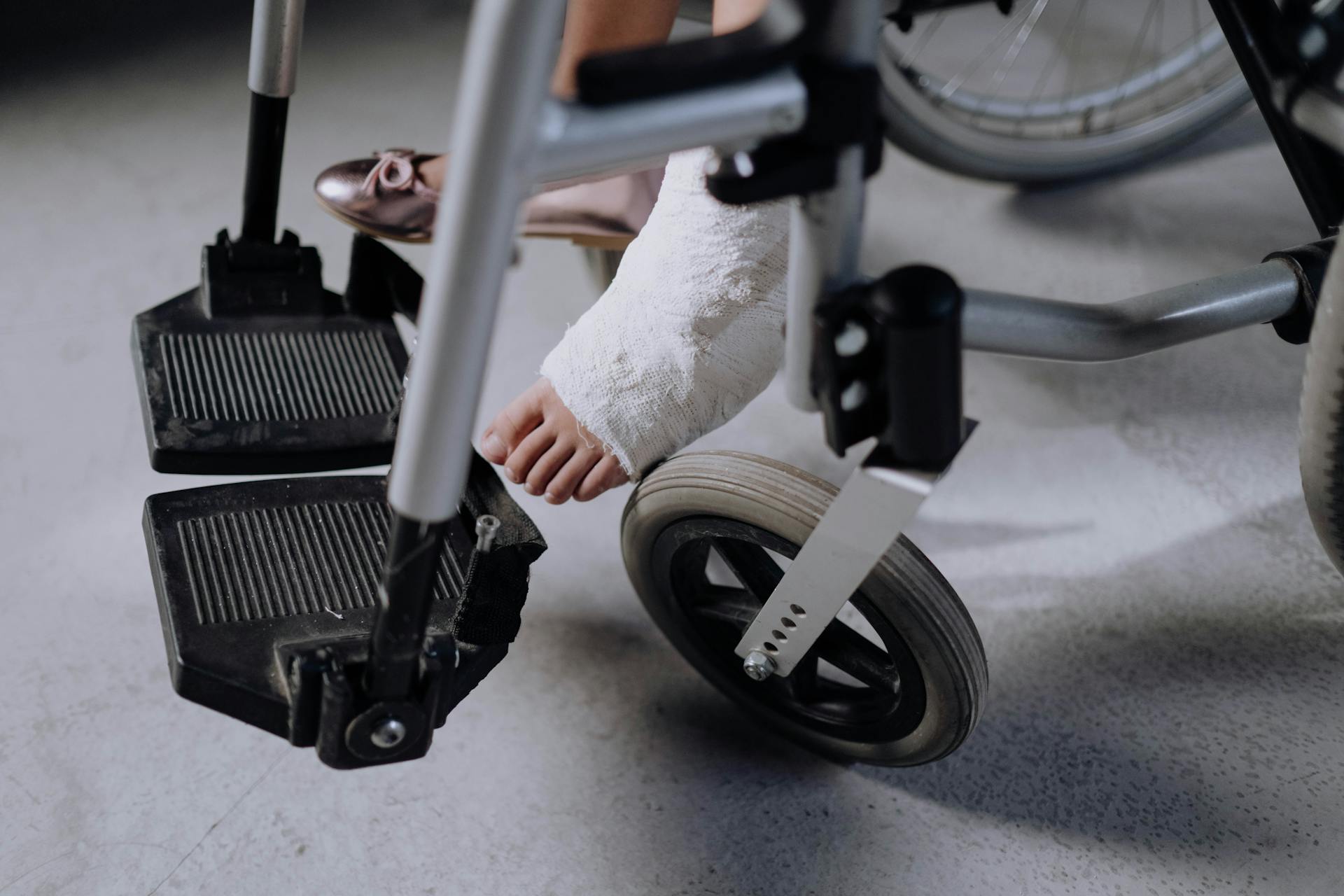In sports, where the intensity and the stakes are always high, injuries are an unfortunate inevitability. However, the landscape of treating these injuries is remarkably transformed thanks to new medical technologies. If you’re facing such an injury and seeking professional help, finding an orthopedic doctor near me could be the first step towards a speedy and effective recovery.
The Evolution of Injury Treatment
The way athletes receive care for sports injuries has undergone tremendous change. Where injuries were once career-ending, today hope remains due to revolutionary strides in medicine. Not only do improved techniques mend the body more effectively, but cutting-edge tools have substantially shortened the time needed to bounce back. This has allowed wounded players opportunities to get back in the game with strength regained and rehabilitation complete far sooner than what was possible in the past.
Such developments signify our growing understanding of the human form and what it takes to restore optimal functionality after damage. Though the road to recovery always requires dedication, modern sports medicine provides injured individuals more chances than ever before to fulfill their athletic dreams once thought snatched away.
The Role of Technology in Diagnosing Sports Injuries
The diagnosis of sports injuries has been notably improved with the emergence of new imaging techniques. Magnetic resonance imaging (MRI) scans, computed tomography (CT) scans, and X-rays have become more refined, permitting clearer and more exact images. These technological developments enable physicians to diagnose with a heightened level of precision and customize treatment plans explicitly tailored to the individual’s injury and physique.
This personalized method of healthcare guarantees that athletes are regarded not merely as another case but are offered the consideration and care necessitated by their distinctive circumstance. While modern imaging has allowed for targeted treatment, continued research seeks even more customized solutions to return each athlete to their optimal abilities.

The Impact on Recovery Processes
New medical technologies have greatly improved the recovery process. Minor surgical techniques like arthroscopic surgery are less invasive, enabling shorter hospital stays and swifter healing. Physical therapy has also advanced thanks to innovative virtual and augmented reality systems. These provide interactive and engaging methods for patients to perform rehabilitation exercises and track their progress.
Exercises feel more like games through immersive virtual environments—progress metrics keep patients motivated on their road to restored health and activity. Overall, minimally intrusive operations and motivating digital tools help people recover more quickly and fully from injuries or issues that previously required far more time spent immobilized and out of commission.
Conclusion
The realm of athletic medicine has entered a period of unparalleled expansion and modernization due to novel medical technologies. How we address, tend to, and bounce back from sports-related harms these days vastly contrasts even from merely a decade prior. With constant improvements in medically-oriented engineering, the forthcoming for competitors experiencing injuries appears more hopeful than ever before. If you’re presently enduring an injury connected to sports, reaching out to a specialist and investigating the most recent remedial choices could be your passageway to a thriving and swift recovery process.
The treatment approaches and recovery times for sports injuries have been dramatically reduced thanks to continuous research into regenerative techniques. Many athletes who would have faced long rehabilitation stints can now return to play in a fraction of the time due to advanced procedures such as platelet-rich plasma injections and ultrasound-guided stem cell therapies. Furthermore, new technologies for monitoring biomechanics and physiological metrics allow specialists to precisely pinpoint the source of issues and tailor personalized recovery regimens. Given the pace of ongoing development, it is likely that future athletes may benefit from even more innovative solutions that help them heal and perform at their best.

